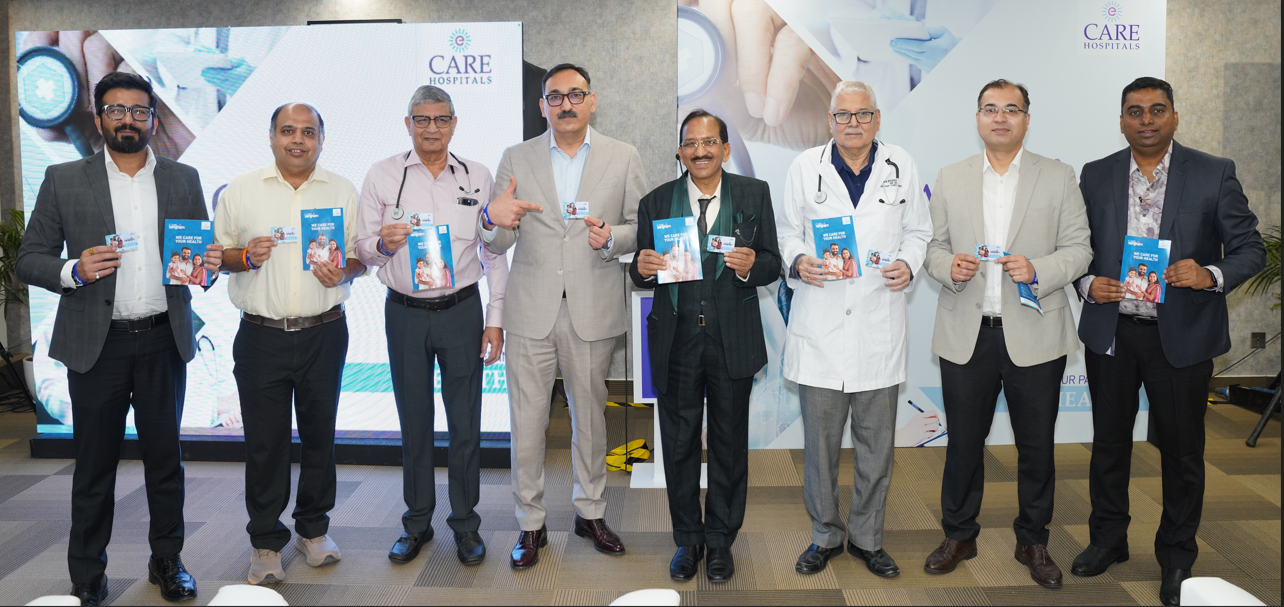The "Dental Implants Market - Global Outlook and Forecast 2020-2025" report by ResearchAndMarkets.com's outlines the key trends for 2020 to 2025 between this period the dental implants market is expected to grow at a CAGR of over 5% during the period 2019-2025.Other major insights are as written below
Key Market Insights
The analysis of the dental implants market provides sizing and growth opportunities for the period 2019-2025.
Offers market sizing and growth prospects of the market for the forecast period 2020-2025.
Provides comprehensive insights on the latest industry trends, forecast, and growth drivers in the market.
Includes a detailed analysis of growth drivers, challenges, and investment opportunities.
Delivers a complete overview of segments and the regional outlook of the market.
Offers an exhaustive summary of the vendor landscape, competitive analysis, and key strategies to gain competitive advantage.
Factors such as the increase in healthcare expenditure, awareness of oral hygiene, and usage of innovative oral care technology are expected to drive the dental implants market growth significantly. The prevalence of tooth decay among the geriatric population is high, which is further likely to bolster the demand for tooth replacement procedures. Dental caries is a major oral disease in emerging countries that affects 60-90% of school children and the majority of adults, thereby boosting the prospects of the market.
There is increasing adoption of non-premium ones as they are cost-effective and are easily available in developed and developing countries, thereby stimulating growth opportunities. The growing prevalence of ceramic implants is increasing among patients worldwide ads they are corrosion-free and offer a higher success rate than metal ones, which is another primary factor driving the market. Hence, the increase in the adoption of advanced digital dentistry is boosting the market globally.
Dental Implants Market: Segmentation
This research report includes a detailed segmentation by design, cost, material, end-user, and geography.
The demand for fully tapered implants is expected to increase in developed economies as consumers are increasingly adopting premium and advanced oral care implants, such as fully tapered. They are ideal for immediate placement and offer high stability and a low risk of labial perforation, thereby increasing growth prospects. The increased focus on R&D activities by vendors to develop fully tapered devices is also likely to have a significant impact on market growth. Moreover, cost-effectiveness and high recommendation from dentists are expected to increase the growth prospects.
The increasing middle-income population and the growth in people requiring oral hygiene in emerging countries are expected to increase the demand for parallel-walled dental implants. Cost-effectiveness and ease of availability are the major factors influencing the segment. However, the segment is likely to grow at the slowest rate during the forecast period because parallel-walled implants cause damage to the jawbone, thereby increasing oral infection chances.
The non-premium segment is expected to grow at the fastest CAGR during the forecast period on account of the decreasing adoption of premium tooth replacement procedures. The demand is likely to increase due to affordability and availability in developed as well as developing countries. Several leading vendors are expanding their non-premium dental implants portfolio by acquiring local and regional vendors, which is expected to influence the market positively. Moreover, the popularity of dental tourism is likely to increase the demand for non-premium procedures. People from the US and Canada are traveling to emerging countries such as Mexico and Brazil for tooth replacement due to the low-cost of denture implants. The adoption of premium implant types is likely to decrease as patients prefer low-cost procedures. Hence, the segment is likely to grow at the slowest CAGR during the forecast period.
The ceramic segment is expected to grow at the fastest CAGR due to safe and non-allergic properties. The declining success rate of metal implants and the increase in the metal allergy population are expected to drive the usage of ceramic, which are likely to boost the segment. Moreover, increasing R&D activities from vendors to launch safe and high-quality implants are also expected to drive the market during the forecast period. The demand for metal ones is likely to diminish as they corrode and cause major oral complications, including the bone loss and severe inflammation of the surrounding gum tissue, thereby adversely hindering the growth of the segment.
The increasing number of oral health clinics and the growing investments from governments in developed countries such as Canada, Japan, the US, and the UK are expected to increase denture implants procedures and bolster growth prospects. Patients with oral disorders increasingly prefer treatment at clinics as they offer personalized and specialized care.
Moreover, large clinics are forming partnerships with the vendors, which are expected to help vendors to expand their distribution network and increase the demand for their products. Dental laboratories have a centralized manufacturing process, which helps to complete restoration procedures within a short period. These laboratories are equipped with high-end digital dentistry technologies such as CAD/CAM and digital radiography that help develop the impression of such procedures.
Outsourcing of these impressions is expected to increase the market opportunity for oral care laboratories in emerging countries such as India and China, which are witnessing high private investments in these laboratories. Procedures such as dental implantations, basal implants, and tooth replacements are conventionally performed at hospitals. However, the segment is growing at the slowest CAGR as the majority of patients prefer specialized oral care clinics.
Insights by Geography
Europe is likely to dominate the market owing to high awareness of oral hygiene, coupled with improved healthcare infrastructure. Spain, Germany, Italy, Russia, and the UK are the major revenue generators in the region due to the availability of technologically advanced dental care products. Moreover, the increasing prevalence of periodontal disease in the geriatric population is expected to bolster the demand for dental implants.
North America is likely to grow on account of increasing incidences of tooth loss in children and young adults due to the extensive consumption of sugar-rich foods. The growing prevalence of disorders is likely to boost demand in the region. Further, the development of advanced CAD/CAM technology and the presence of major vendors offering a diverse range of dental implants are the other primary factors expected to contribute toward growth.
The availability of low-cost dental implants in APAC is likely to drive dental tourism and fuel market growth in the region. The growing number of public and private hospitals in the region is expected to lead to an increased volume of procedures in countries such as China and India. Further, the market is likely to grow due to the development of healthcare infrastructure, coupled with a growing awareness of dental implants among people.
Insights by Vendors
The global dental implants market is highly dynamic and diverse, with the presence of several global, regional, and local players offering a broad range of oral care products. Vendors with limited financial, operating, and marketing resources are expected to merge with leading players that can provide growth opportunities. Several key players strategize to acquire local companies to enhance their existing product and service offerings.
The prospects of ceramic implants are likely to stimulate the appetite of strategic buyers and private equity firms. The market competitiveness is primarily based on pricing, innovation, technology, quality, reputation, and customer service. Vendors are focusing on developing and acquiring new products and technologies to remain competitive. The key strategies being followed by key players in the market are new product launches, product enhancements, M&As, and market expansions.

 The global dental implants market is highly dynamic and diverse, with the presence of several global, regional, and local players offering a broad range of oral care products. Vendors with limited financial, operating, and marketing resources are expected to merge with leading players
The global dental implants market is highly dynamic and diverse, with the presence of several global, regional, and local players offering a broad range of oral care products. Vendors with limited financial, operating, and marketing resources are expected to merge with leading players 









.jpeg)

.jpeg)
.jpeg)
.jpeg)


.jpg)


.jpeg)
.jpeg)


.jpeg)
.jpg)




